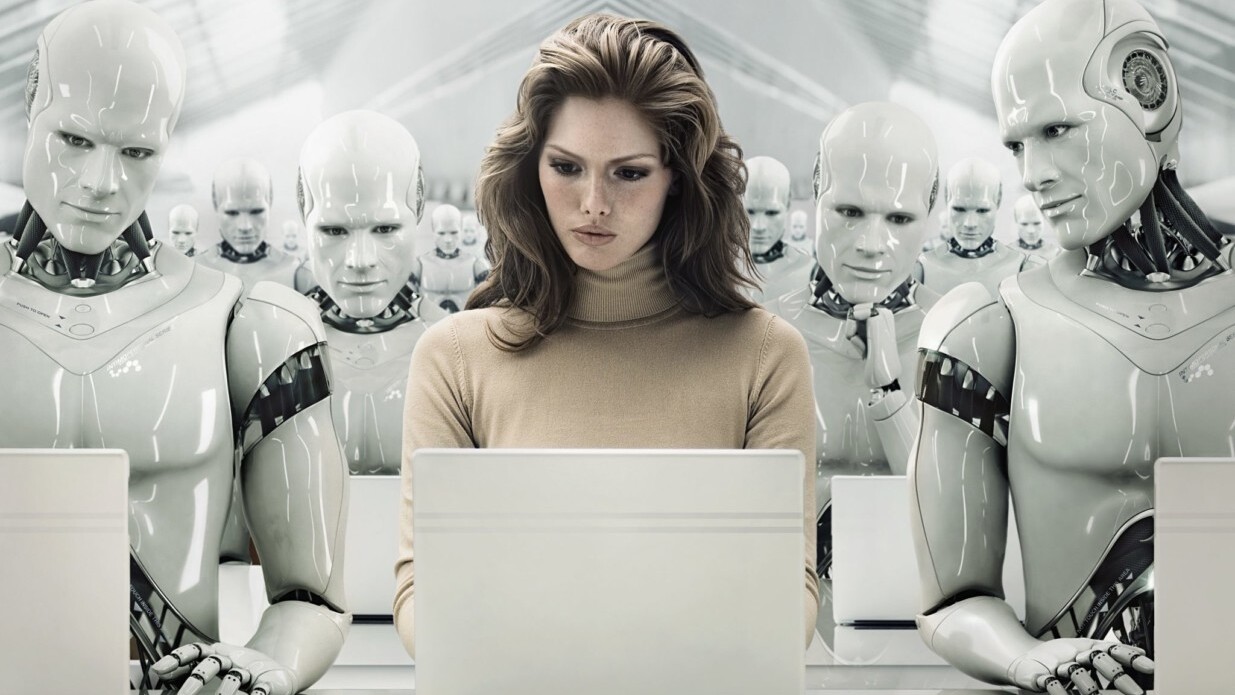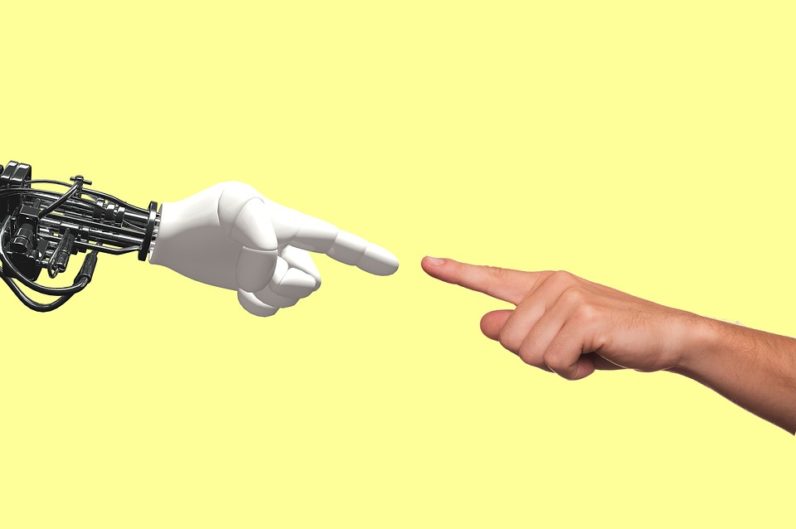
The latest economic reports suggest growth, and more positive signals that the United States economy is flourishing; jobs are being added consistently, with a several-months-long streak capturing economic curiosity and spreading optimism about the future of employment throughout the country.
But with several high-tech threats on the horizon, including the possibilities of a heavily automated future, can this pattern of job availability last?
The latest reports
The jobs report from February generated lots of enthusiasm within the United States. Overall, the country added 313,000 jobs, across industries of all wages, which is the most since July of 2016. The rate of joblessness remained steady at 4.1 percent, which means for the fifth month in a row, we’re consistent at this 17-year low. Average hourly earnings only rose 0.1 percent, which is less than what workers were hoping for, but the economy still seems to be thriving.

The jobs reports from March and April were similarly positive, adding 103,000 jobs and 164,000 jobs, respectively, while the jobless rate dipped to 4.1 percent in March, and then 3.9 percent in April.
There are a variety of factors at play here, including the global economic recovery that has consistently produced growth since the middle of 2016. And because economic growth is on target to remain strong throughout the end of the year—and potentially beyond—there’s no reason to doubt that jobs reports like these may continue.
However, a combination of tech-related factors may bring this momentum to a crashing halt—and sooner than you might think.
The rising threat of automation
Automation is the single greatest threat to American jobs. One popular report from the McKinsey Global Institute estimates that as many as 73 million U.S. jobs alone are at risk of being lost to automation by 2030. Though rarely discussed, the lower bound for this estimation is a loss of zero jobs.
So just how likely is it that jobs will be fully replaced with automation?
There are several possibilities to consider:
1. The rate of development. Reading news stories and getting your hands on the latest high-tech devices might suggest to you that the path of technological development is a linear one; our programs and devices get more advanced on an exponential curve, so eventually we should have the robots and AI necessary to replace most human jobs. However, there are distinct challenges that prevent deep learning algorithms from being the solution to every problem. The path of development is choppy and sporadic, which means it’s hard to predict exactly when or how machine learning algorithms and robots might start replacing advanced human professions.
2. Demand for human-exclusive jobs. Some industries are inherently more susceptible to automation than others. For example, any role that requires interpersonal relationships and interaction isn’t going to be immediately threatened by the first few generations of advanced automation; the personal touch in careers like nursing, geriatric care, and hospitality is going to be incredibly difficult to believably replicate. Careers that demand lots of insight and creativity, or tech engineering will be similarly hard to replace.
3. Displacement over replacement. There’s also the argument that automation won’t replace jobs altogether, but will instead displace them. The idea here is that if a low-ranking employee’s job can be automated with a new tool or robot, the employee can be promoted, educated, or trained to work with the machine and either improve efficiency even further or work on higher-level tasks. This creates a new problem, however; low-skilled workers may not have the time or resources for the training necessary to move into these higher-level positions. High-wage earners would likely remain safe as high-wage earners, but low-wage earners would be unable to survive the sweeping changes; accordingly, the gap between high- and low-wage earners would grow, and while new jobs would be available, there would be a dearth of people to fulfill those positions.
Tech and mismatched demand
One of the biggest problems for our economic future in a world where automation is common isn’t necessarily the “death of jobs,” but rather the death of well-matched jobs for the population. In other words, there would be enough jobs to keep the country’s population employed, but the skills gap would be so wide, that both unemployment and unfulfilled positions would remain a problem.

This is already unfolding in some industries, though not as a direct result from the threat of automation. For example, for the past couple of decades, high school students have been pressured to go to college, get four-year degrees, and pursue a career in a cushy, white-collar field because it’s characterized as a “better” life. This flood of college graduates has led to an astounding shortage of young people willing to enter apprenticeships, or learn skilled trades via other means.
If people aren’t willing or aren’t able to learn the new skills necessary to survive in a world guided by automation and machine learning, we’d likely see similarly powerful gains in jobs, month over month, but a steady rise in unemployment to match. Eventually, those new jobs would slow to a halt.
A jobless future?
The concept of a jobless future seems like a bad thing; after all, employment and job availability are both indications of and drivers of a healthy economy. But the day may soon come where a jobless economy is not only functional, but thriving.
Establishing a universal basic income is feasible today, and would only become easier to adopt in the future as more and more services are handled by low-energy, automated machines. With a foundation in place to protect people without jobs, the unfulfilled jobs on the market would be more of an inconvenience for entrepreneurs seeking more growth and innovation than a full-fledged economic crisis.
It’s hard to say what the future holds for the relationship between technology and jobs, but for now, your fears of being replaced by an automated robot should be quelled. Job growth will likely continue for the foreseeable future, and even as it starts to decline, there will be opportunities for advancement—or, hopefully, a decent lifestyle even without a traditional profession.
Get the TNW newsletter
Get the most important tech news in your inbox each week.





